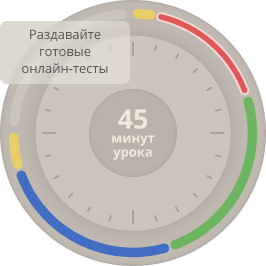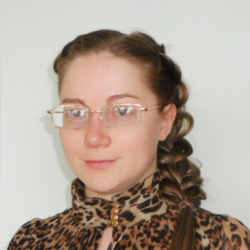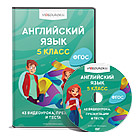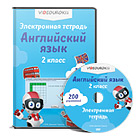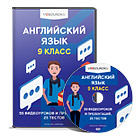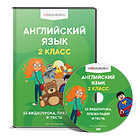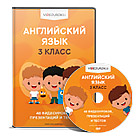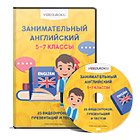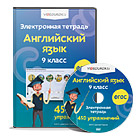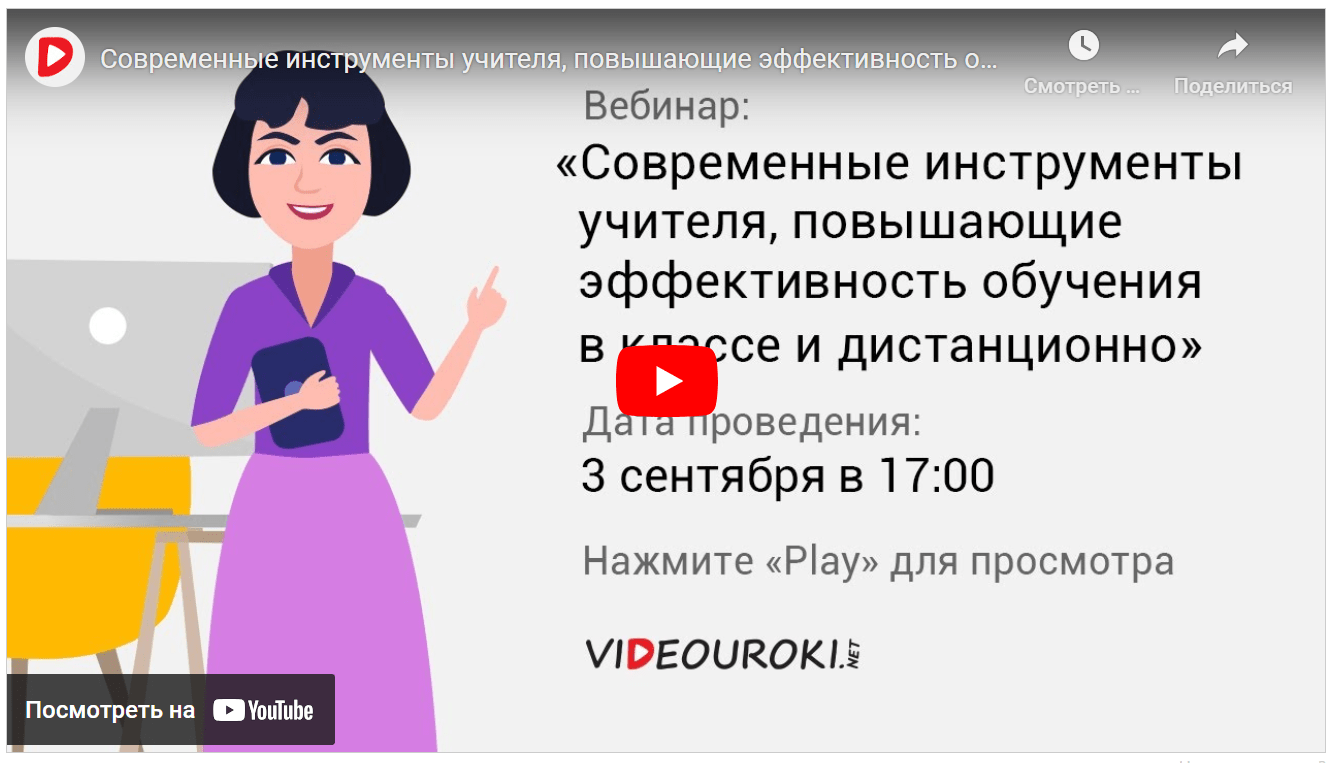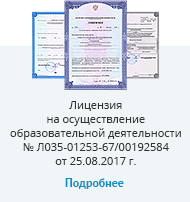COMPUTER OPERATIONS.
TYPES OF DATA
Much of the processing computers can be divided into two general types of operation. Arithmetic operations are computations with numbers such as addition, subtraction, and other mathematical procedures. Early computers performed mostly arithmetic operations, which gave the false impression that only engineers and scientists could benefit from computers. Of equal importance is the computers ability to compare two values to determine if one is larger than, smaller than, or equal to the other. This is called a logical operation. The comparison may take place between numbers, letters, sounds, or even drawings. The processing of the computer is based on the computer’s ability to perform logical and arithmetic operations.
Instructions must be given to the computer to tell it how to process the data it receives and the format needed for output and storage. The ability to follow the program sets computers apart from most tools. However, new tools ranging from typewriters to microwave ovens have embedded computers, or built-in computers. An embedded computer can accept data to use several options in it’s program, but the program itself cannot be changed. This makes these devices flexible and convenient but not the embedded computers itself.
Types of data
With the advent of new computer applications and hardware, the definition of data has expanded to include many types.
Numeric data consists of numbers and decimal points, as well as the plus (+) and minus (-) signs. Both arithmetic operations and logical operations are performed on numeric data. This means that numbers can be used for calculations as well as sorted and compared to each other.
Text, or textual data, can contain any combination of letters, numbers and special characters. Sometimes textual data is known as alphanumeric data.
Various forms of data that we can hear and see makes up audio-visual data. The computer can produce sounds, music and even human voice. It can also accept audio information as an input. Data can also take form of drawings and video sequences.
Physical data is captured from the environment. For example, light, temperature and pressure are all types of physical data. In many large buildings, computer systems process several kinds of physical data to regulate operations. Computers can set off security alarms, control temperature and humidity, or turn lights on and off, all in response to physical data. These applications increase people’s safety and save the time and money.
Working vocabulary (В ваш словарь):
data — данные
to divide — делить
to compute — вычислять
computation — вычисление
arithmetic operation — арифметическая операция
logical operation — логическая операция
addition — сложение
subtraction — вычитание
false — ложный
to benefit — получать пользу
equal — равный
to determine — определять
to compare — сравнивать
comparison — сравнение
value — величина
tool — инструмент
microwave oven — микроволновая печь
embedded- встроенный
accept — принимать
flexible — гибкий, изменчивый
advent — приход
to expand — расширять
sequence — последовательность
increase — увеличивать
decimal point — десятичная точка
save — спасать, зд. экономить
General understanding
In what two major parts could be computer operations divided?
What are arithmetic operations?
What are logical operations?
Can computer compare two graphical objects?
What makes computer so different from other tools?
What is embedded computer? What modern devices have embedded computers?
How many are types of data?
What is physical data?
Задание 16.1. Какие из приведенных ниже утверждений верны/неверны. Аргументируйте свой ответ,
опираясь на текст.
Arithmetic operations are operations with numbers — subtraction and division.
Early computers gave false impression about their capabilities.
Logical operations are computer’s ability to compare two values.
The major difference between the computer and tools lies in the flexibility of the program.
Embedded computers are found only in typewriters and ovens.
Microwave oven’s program is flexible and could be changed because of the embedded computer.
Numeric data consist of numbers, decimal points and the (+) and (-) signs.
Computer can accept human speech as an audio-visual input data.
Задание 16.2. Дайте определение, используя словарь:
Software
Arithmetic operation
Logical operation
Numeric data
Textual data
Physical data
Audio-visual data
Задание 16.3. Заполните пропуски:
... are computations with numbers such as addition, subtraction, and other mathematical procedures.
The computers ability to compare two values to determine if one is larger than, smaller than, or equal to the other is called a ...
New tools ranging from typewriters to microwave ovens have embedded computers, or ... computers
An ... can accept data to use several options in it’s program, but the program itself cannot be changed.
... can be used for calculations as well as sorted and compared to each other.
... can contain any combination of letters, numbers and special characters.
Various forms of data that we can hear and see makes up... which is captured from the environment.
logical operation
Text, or textual data
audio-visual data
Physical data
Arithmetic operations
Built-in
numbers


